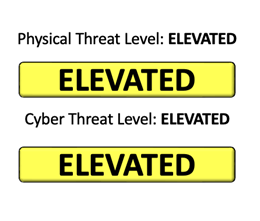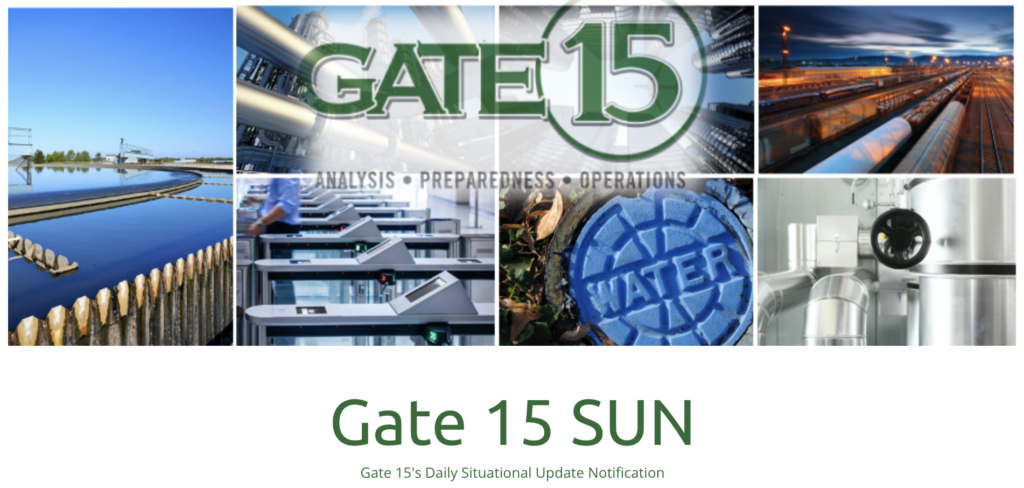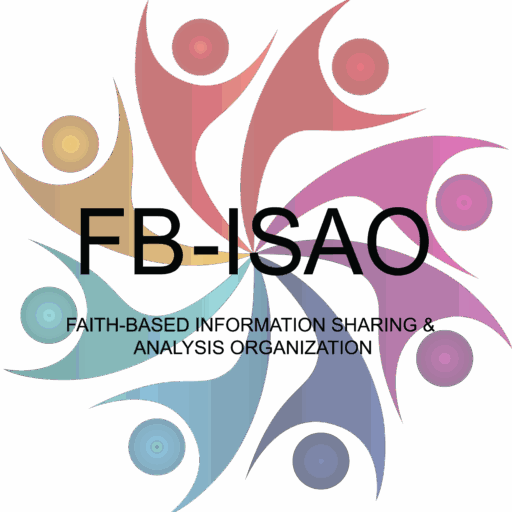Faith-Based Security Headlines
These updates are shared to help raise the situational awareness of Faith-Based organizations to best defend against and mitigate the impacts from all-hazards threats including physical security, cybersecurity, and natural disasters.
Statement from a DHS Spokesperson on Directives Expanding Law Enforcement and Ending the Abuse of Humanitarian Parole
From the DHS Press Release:
The first directive rescinds the Biden Administration’s guidelines for Immigration and Customs Enforcement (ICE) and Customs and Border Protection (CBP) enforcement actions that thwart law enforcement in or near so-called “sensitive” areas. The second directive ends the broad abuse of humanitarian parole and returns the program to a case-by-case basis. ICE and CBP will phase out any parole programs that are not in accordance with the law. The following statement is attributable to a DHS Spokesperson:
“This action empowers the brave men and women in CBP and ICE to enforce our immigration laws and catch criminal aliens—including murders and rapists—who have illegally come into our country. Criminals will no longer be able to hide in America’s schools and churches to avoid arrest. The Trump Administration will not tie the hands of our brave law enforcement, and instead trusts them to use common sense.”
Related Article:
Analyst Comments:
For affected Faith-Based Organization, this new policy, could create situations that place pressure on existing measures. It is a best practice to seek appropriate guidance from an attorney to develop updated measures.
Virus season roars back with “quad-demic” of illness
Axios reports:
The spread of influenza A, COVID and RSV is “high” or “very high” across much of the U.S. at the same time norovirus cases are well above normal levels, Centers for Disease Control and Prevention and wastewater surveillance data shows… The result is “quad-demic” of illness hitting simultaneously in what’s shaping up to be a more active virus season than last year… The simultaneous threats are straining some hospitals to capacity and leading administrators to recommend masking among staff, ABC News reports.
Related CDC Article:
Analyst Comments:
The “quad-demic” could have an effect on Communities of Faith. Faith-Based Organizations should consider reviewing U.S. Centers for Disease Control and Prevention (CDC) guidance for safeguarding members against illness.
CDC guidance includes:
AIHA provides:
Ransomware gangs pose as IT support in Microsoft Teams phishing attacks
BLEEPING COMPUTER reports:
Ransomware gangs are increasingly adopting email bombing followed by posing as tech support in Microsoft Teams calls to trick employees into allowing remote control and install malware that provides access to the company network.
The threat actors are sending thousands of spam messages over a short period and then call the target from an adversary-controlled Office 365 instance pretending to provide IT support.
Analyst Comments:
A phishing email followed by a phone call can be more convincing. The target can be further tricked by way of this attack method. Awareness is key and so sharing information about such tactics can help avert a possible successful phishing attempt.
FBOs should also consider reviewing their organization’s basic cyber hygiene and ensure they are adhering to some of the recommended CISA Cyber Essentials.
The Canadian Centre for Cyber Security also provides a wide variety of cybersecurity resources.
Get the Daily Awareness Post Delivered to your Email!
More Faith-Based Stories
Antisemitic Graffiti Appears in Famous Brooklyn Recreational Area
Local pastor found guilty of safety violations related to operating 24/7 for homeless
What PowerSchool isn’t saying about its ‘massive’ student data breach and Toronto school district says 40 years of student data stolen in PowerSchool breach (Faith-Based schools have been affected.)
New Jersey Law Enforcement Officials Allege Anti-Jewish Bias in the Workplace
Trump demands apology, criticizes bishop’s prayer service remarks
Australia: NSW Police charge man over anti-Semitic attack and attempted fire at Sydney’s Newtown Synagogue
Christian girl abducted in Pakistan, captors refuse to disclose her whereabouts
USCIRF Welcomes Secretary Rubio’s Confirmation, Calls for Religious Freedom Designations
Select All Hazard Stories
Antifa launches attack on Portland ICE detention center
Northern Kentucky police: Flyers urge immigrants to ‘leave now’ and ‘avoid deportation’
Rare Southern U.S. Winter Storm; Dangerous Cold Weather For Much of the Eastern U.S.; Critical Fire Weather for Southern California. NWS
Deaths reported as rare winter storm sweeps southern U.S.
Unprecedented winter storm paralyzes Gulf Coast with heavy snow and ice
Insider Threats: The Overlooked Risks of Departing Employees and Sensitive Data Theft
DHS cyber review board cleaned out in Trump move to eliminate ‘misuse of resources’
More Security-focused Content






